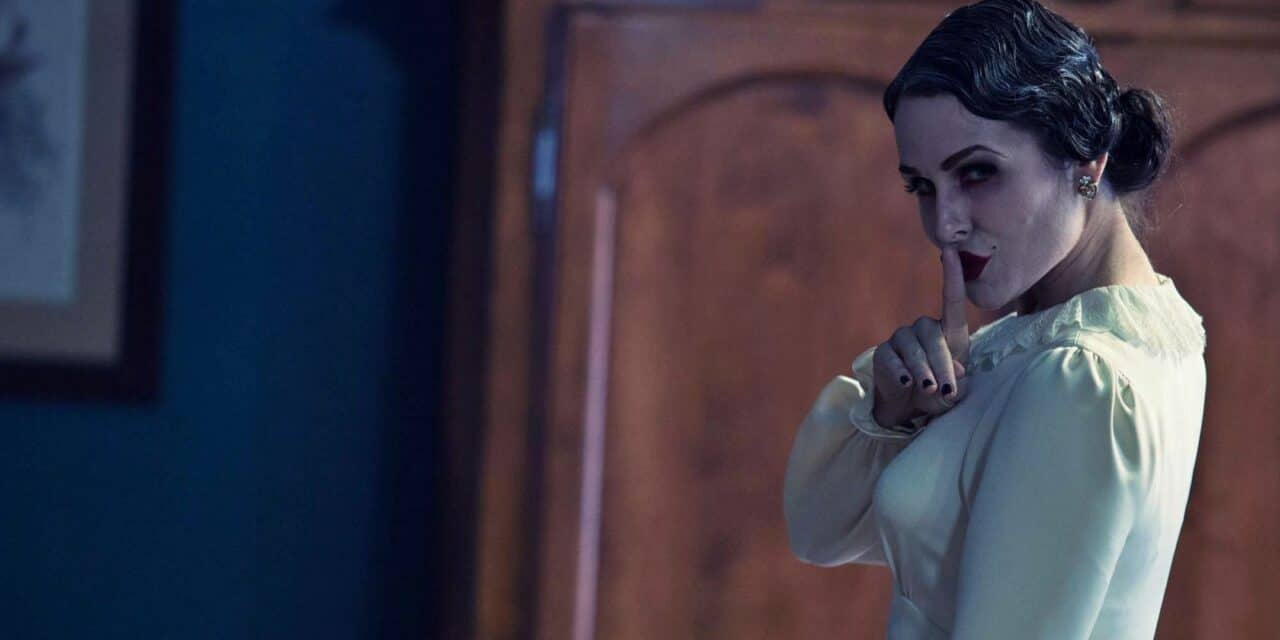Horror and suspense flicks tend to fall under two extremes—stories that are predicated solely on graphic violence and stories that use atmosphere to make the viewer feel uneasy from start-to-finish. It takes a clever director to utilize one or both of those extremes to tell a memorable story, and when the scares and unpleasant moments are anchored by well-developed characters, the story has a greater chance of success.
In my opinion, Insidious was the horror movie equivalent of The Hangover. It was a film that took everyone, including myself, by surprise when it came out. Was it perfect? No way. However, James Wan (the director of the first Saw) demonstrated a refreshing reverence to old-school horror movies that valued mystery and creepiness over gratuitous bloodshed, and thematically, it blew Paranormal Activity out of the water. The jump scares were top-notch, and Wan knew how to use the camera to put everyone on edge. Thanks to Insidious, people had more reasons to avoid old people than they already had.
Everyone knows that most sequels are a bad idea, but Insidious really didn’t need a sequel. The vagueness of the movie was engaging, but more importantly, the ending was positively bone-chilling. After all, there’s no better way to end a horror movie than to plant an unsettling implication in your mind. I knew that a follow-up would just kneecap the tension that made the first movie so good, so I wasn’t interested at first. Upon release, though, I figured I would give it a shot. With the entire cast and director on board, it stood some chance of measuring up to its predecessor.
Without spoiling too much, the story begins by addressing what happened to the Lambert family after Josh (Patrick Wilson) started showing off some unexpected and disturbing personality traits and choked the shit out of Elise (Lin Shaye), the medium who helped Josh reclaim his son. As those who have seen the first movie already know, Josh and his son, Dalton, possess the ability to leave their physical bodies and access a darker realm that runs parallel to our reality. Unfortunately for them, this also opens up their bodies to a mob of ghosts that want to hop in the driver’s seat and do any number of evil things.
The first act is particularly jarring because the surviving characters move on fairly quickly from the last time we saw them. Josh is tentatively exonerated from Elise’s murder because his finger prints did not match the prints that were left on her neck (which is weird considering how ghosts don’t have fingerprints), and the family continues to spend time with Josh’s mother (Barbara Hershey). However, it still sucks to be a member of the Lambert clan because they are once again tormented by ghosts from the other side. This forces the mother to team up with Elise’s sidekicks (Comic Relief #1 and Comic Relief #2) so they can find out who’s messing with them and why. On top of that, Josh continues exhibiting a creepy uncle vibe that raises a lot of red flags in the eyes of his wife, Renai (Rose Byrne).
The perks of Chapter 2 are rather subjective. It manages to tie up a lot of loose ends and broadens the scope of the story, but for people who appreciated the air of mystery that hovered over the first movie, it’s a clever disappointment, much like learning how a magician performs his tricks. If you want to dig deeper and find out who that creepy old lady is and what she wants, Chapter 2 will satisfy those needs, but it’s more concerned with answering questions and presenting ideas than using the characters in any meaningful way.
In regards to the ideas in this film, they’re pretty clever and unsettling in some places, even when they skate dangerously close to classic horror flicks like Psycho and The Shining. The revelations that Josh’s mom and her posse stumble across are quite intriguing, and yet this doesn’t generate the same kind of tension that fuelled our sympathy for the Lamberts to begin with. What made the first movie so engaging was how intimate and relatable the family was. Unfortunately, they’re confined to a subplot this time around.
Execution-wise, Wan is just as comfortable playing in the shadows as he was in the first installment. It’s a great-looking film with great music and a brisk pace, but again, it’s more about ideas than characters. Rose Byrne, a talented and well-grounded actress, is seriously underutilized here, even more so than before. She reacts to situations as they unfold, and yet she has nothing to do in those situations except being upset and terrified. Her character disappears for long stretches of time, only reappearing when plot points come to a head. Patrick Wilson could have done more with his character as he is more integral to the story, but he doesn’t run with it as expected.
All-in-all, Insidious Chapter 2 rewards the curiosity of those who want to see the big picture. Personally, I get more enjoyment out of a film that’s self-contained and rough around the edges, and even though this film is more clever than scary, it works hard to justify itself as a legit continuation of the story, unlike many horror sequels that fall back on gimmicks alone.







Good review Devan. It’s not very scary, but will make you laugh your rump off many of times.
Thank you, Dan. The media silence that preceded this film’s release was a bit alarming, but I was glad to know that it was a sequel that wasn’t there to waste everyone’s time, even though it didn’t add any necessary depth to the first film.